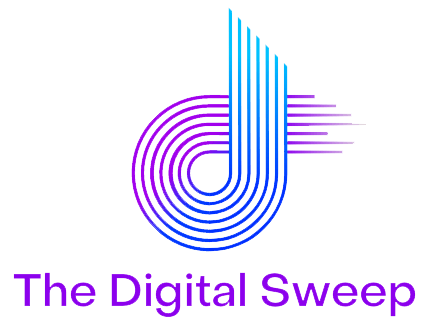The internet of things (IoT) is a network of interconnected things embedded with various devices, sensors, and software that gather and transmit data. You can view it as an internet extension that allows us to gain deeper insights.
McKinsey estimates that the potential business value of IoT will lie between $5.5 trillion to $12.6 trillion in value globally by 2030. With the rising number of connected smart devices, we’re observing new IoT approaches being applied to different industries, including retail and e-commerce.
This is a shift towards a smarter paradigm, enabling e-commerce businesses to improve their warehouse management and better understand their customers to boost sales and reduce costs to increase their revenues.
Improve inventory and warehouse management
The e-commerce giant Amazon uses many forms of IoT applications in its warehouses. How does this technology help the company optimize its operations?
In Amazon warehouses, robots work with human employees, and fundamental operations like tracking inventory are carried out through IoT devices.
You can use this type of sensor-generated data to improve your inventory and warehouse management as well. We can summarize the basic benefits as follows:
Automate equipment
Consider how labor-intensive some of the warehouse operations are, like transporting items. You can use sensors and IoT-enabled devices to automate warehouse equipment such as conveyor belt systems or forklifts and move packages from one location to another without human intervention. This will allow your employees to save time and focus on more productive tasks.
To this end, it’s common to place automated guided vehicles (AGVs) in warehouses. They follow preset routes based on software programs. AGVs pick up products with robotic arms allowing the instant picking up of items regardless of their location. Another advantage is reducing material damage.
Track inventory in real-time
The internet of things devices can help you keep track of your products’ precise location so that you don’t lose time searching for them manually.
Tracking inventory in-real time increases productivity because you do not have to wait until the end of the week or month to receive stock level reports. You know what items are available at any given time. This way, you know how much stock needs ordering before it runs out entirely. In the case of perishable products, you can also follow the expiration date.
You can provide product location features to your customers on mobile apps, as well. This will simplify the product searching for the customers in physical stores, which in turn will help you increase your sales.

Monitor your equipment and minimize accidents
The applications of IoT can also prevent you from spending huge sums of money on monitoring and repairing your equipment.
To this end, you can use IoT-enabled sensors to monitor environmental conditions, such as temperature; and detect situations where your equipment is used under too hard conditions and could lead to a possible downtime.
Once IoT sensors are placed, employees will know what parts of the equipment need repairing before anyone gets hurt. Therefore, another advantage can be to reduce the number of accidents in the warehouse.
Optimize shipping process
The well-known fashion brand H&M is an e-commerce company that uses IoT to improve shipment. How?
Thanks to IoT, it is possible to streamline delivery routes. You can determine which route is optimal for each driver and save time by leveraging GPS tracking devices or using package sensors. This also helps increase customer satisfaction because you avoid delivery delays.
H&M uses IoT in completely new ways as well. For instance, customers in stores can scan the labels of products and reserve them for renting with one click.
Personalize customer experience
Data is key to improving the customer experience. That is why another area that IoT transforms is personalizing customer experience through insights based on data. Since everything happens in real-time, companies can convert collected information into unique selling propositions. For instance, Walmart is using the technology to discover popular products on social media to recommend them to its customers in stores.
Two primary applications can help you in this realm:
- Understand customer movement:A common thing among retailers is the application of beacons. These small devices send out Bluetooth signals which can be received by mobile apps installed on the customers’ mobile phones. Once the customers enable an app compatible with beacons, they receive information when they arrive at your store and learn about your products. You can send them, for instance, special discount offers tailored to them to personalize their shopping experiences.
- Use smart mirrors: Another tool to customize the customers’ shopping experiences is IoT-enabled smart mirrors, which are interactive digital displays installed in physical spaces. They use facial-recognition technology to identify the customer, and since they’re connected to the internet, they can display products from your catalog tailored to the customer’s taste. An application was the partnershipbetween Marie Clare magazine and Mastercard, where smart mirrors placed in the dressing rooms suggested accessories to complete their outfits.
Conclusion
In today’s e-commerce business environment, IoT-related applications can help grow your business.
This is achieved through automated equipment and maintenance and also tracking products in real-time to better manage inventory. In addition, IoT helps customize the shopping experience of your customers. As a result, you increase your revenue because you can reduce costs considerably and increase sales.
This is why companies are investing in IoT-enabled warehouses. How about you? Are you using any of these applications to improve your e-commerce operations? If yes, how are you doing it? Please share your thoughts in the comment section below!













0 Comments